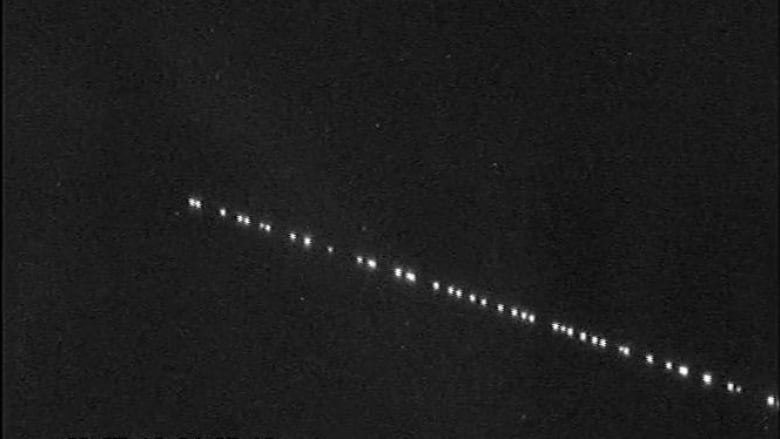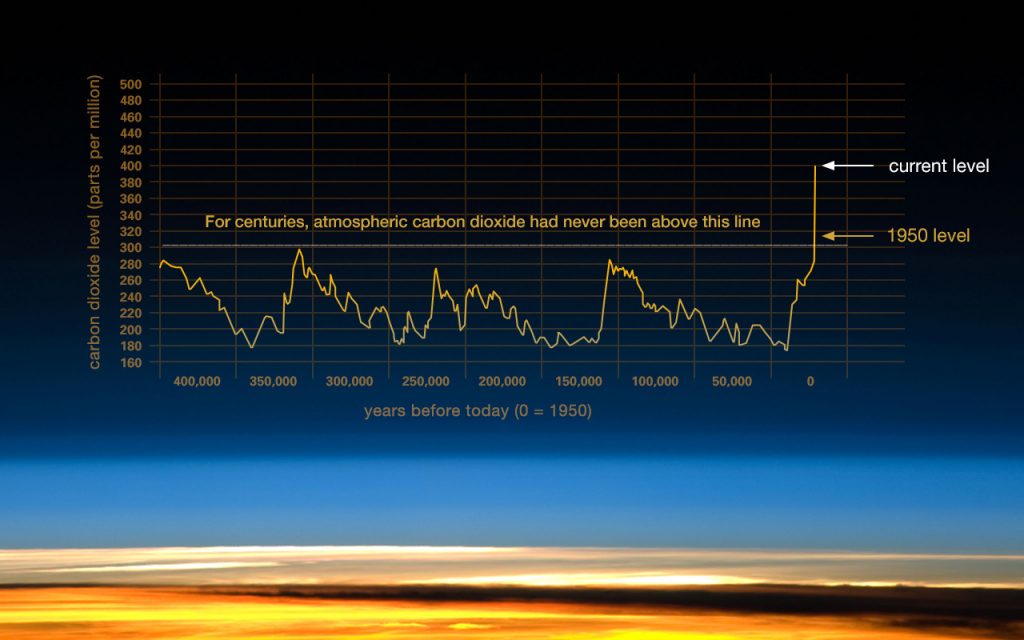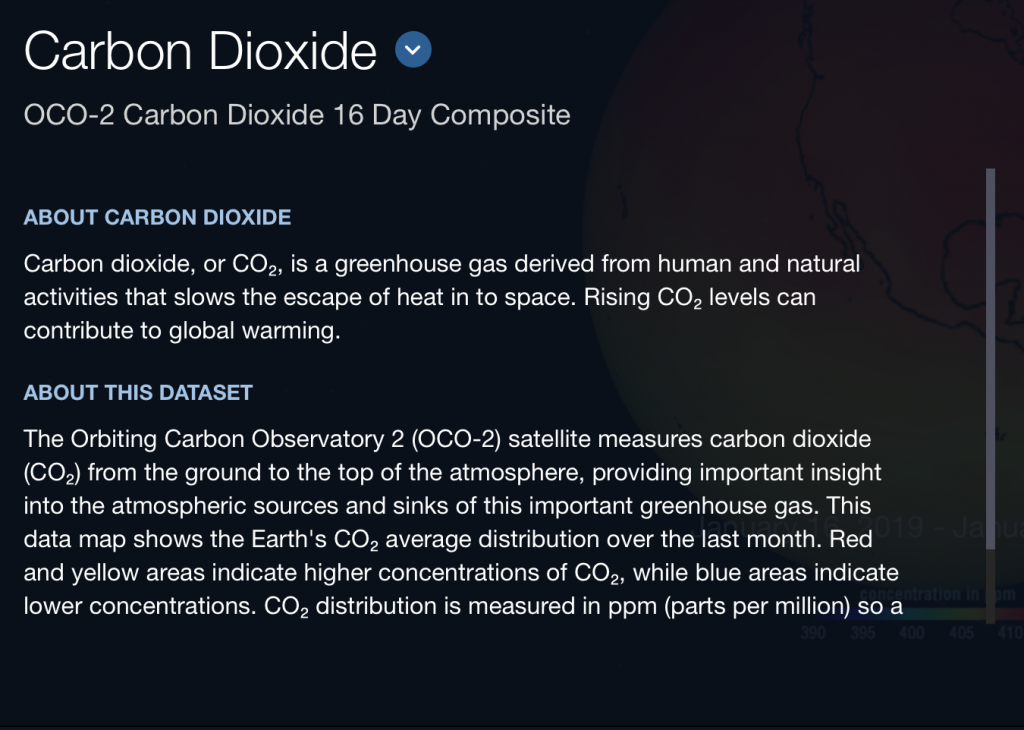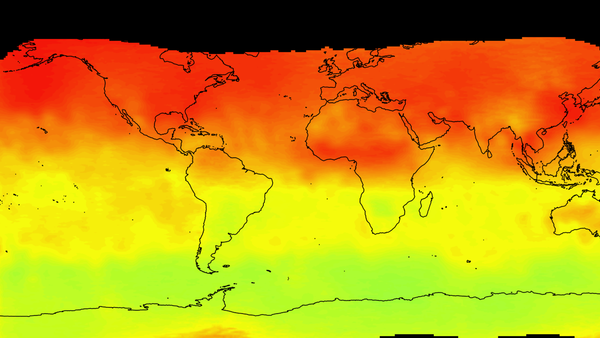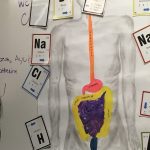Learn more about how to determine the maximum payload on a rocket:
Learn more about how rockets are launched – Link to National Geographic
How do rockets work?
Rockets don’t work by “pushing against the air,” since they also function in the vacuum of space. Instead, rockets take advantage of momentum, or how much power a moving object has.
If no outside forces act on a group of objects, the group’s combined momentum must stay constant over time. Imagine yourself standing on a skateboard with a basketball in your hands. If you throw the basketball in one direction, you and the skateboard will roll in the opposite direction to conserve momentum. The faster you throw the ball, the faster you roll backward.
Rockets work by expelling hot exhaust that acts in the same way as the basketball. The exhaust’s gas molecules don’t weigh much individually, but they exit the rocket’s nozzle very fast, giving them a lot of momentum. As a result, the rocket moves in the opposite direction of the exhaust with the same total oomph.

